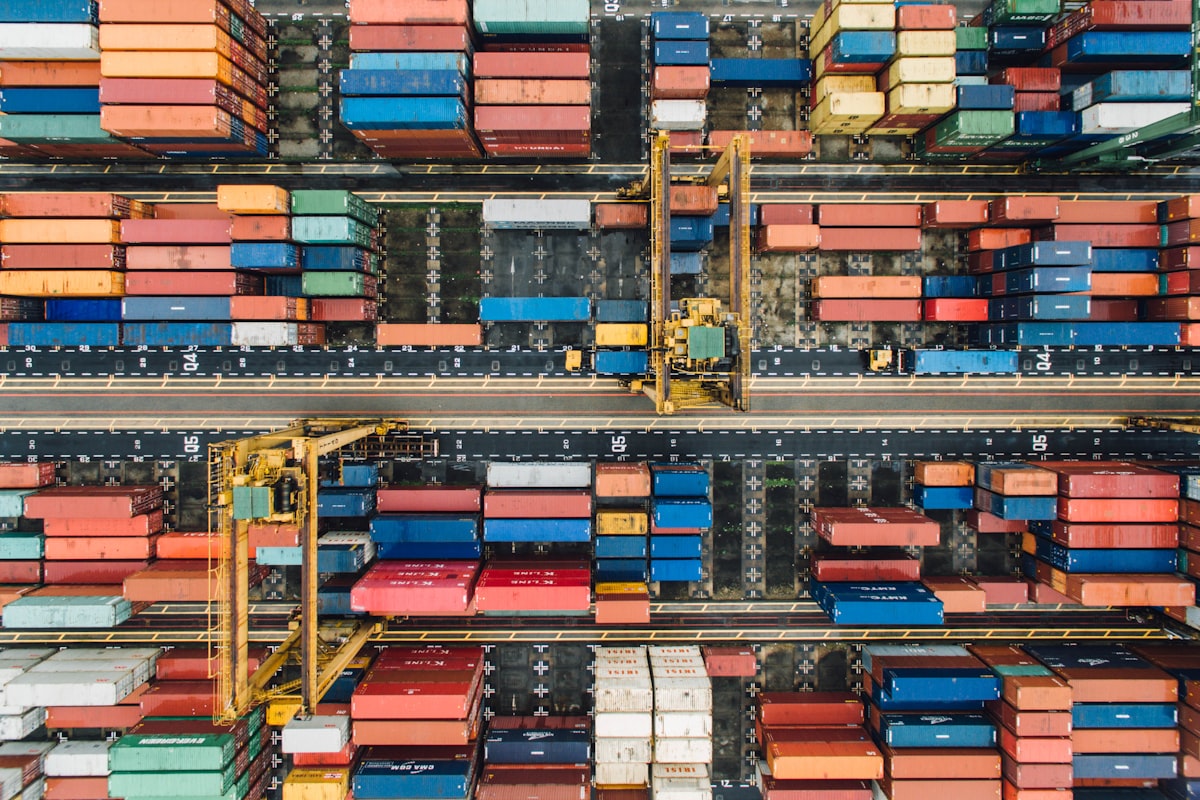The logistics infrastructure, the sector forgotten by Mexico
The big problem of the logistics infrastructure in the country is not in the roads but the lack of interconnectivity between land, sea, and rail transport.

The big problem of the logistics infrastructure in the country is not on the roads but in the lack of interconnectivity between land, sea, and rail transport. Mexico is between the sword and the wall. Although it has just been saved from a tariff storm, the tension imposed by the United States in the first week of June is a call to strengthen or initiate new trade associations, where the logistics infrastructure remains a great challenge.
According to the competitiveness ranking of the World Economic Forum 2018, Mexico is ranked 49th in terms of infrastructure among 140 countries evaluated. Within this area, the country is located in position 7 in road connectivity, 47 in road quality, 60 in port services efficiency, and 74 efficiencies in rail services. For entrepreneurs, the lack of infrastructure is one of the most problematic factors for doing business in the country. Luis Enrique Zavala Gallegos, president of the National Association of Importers and Exporters of the Mexican Republic (ANIERM), points out that the lack of infrastructure has had an impact on costs.
So much so that companies allocate around 12.7% of their sales to solve logistics issues, while in countries like the United Kingdom that proportion drops to 7.3%, and in Germany it is 8.5%, according to Armstrong & Associates. Regarding the cost of the products, the average price of transport logistics translates into 30% of its value of goods worldwide, but in Mexico, it can be up to 50%, according to the ANIERM. Zavala Gallegos estimates that this cost could fall between 25% and 35% with the appropriate infrastructure.
Towards the Transístmico corridor
The largest commercial load in Mexico (55.5%, in 2018) moves by road, but the most severe problem is not in the roads but the lack of interconnectivity between land, sea, and rail transport. Humberto Vargas, president of the Mexican Association of Intermodal Transport (AMTI), believes that the railroad, where only 12.8% of merchandise moves in the country, is one of the channels with the greatest potential if it works together with the ports.
"For example, the expansion of the port of Veracruz may give more participation to the railroad in the movement of containers, and it will have better efficiency in the operation of the port." In addition, in Manzanillo, there is a need to expand the operation to dislodge the containers. fastest way."
During the last administration, the need was identified to consolidate two-port systems: the Gulf and the Pacific, to be connected through three multimodal interoceanic economic corridors: the Northern Economic Corridor (from the port of Mazatlán to Matamoros and Altamira), and connects eight states with the two oceans). The Economic Center Corridor (which connects the ports of Manzanillo and Lázaro Cárdenas with those of Tuxpan and Veracruz).
The third corridor, first known as the Southern Economic Corridor and which would be the previous step for the Interoceanic Multimodal Corridor project. Its transversal axis is the Isthmus of Tehuantepec, which runs from the port of Salina Cruz to Coatzacoalcos, and connects the south-southeast region of the country. The investment planned here is 8,000 million pesos.
For Armando Ortega, president of the Canadian Chamber of Commerce, an improvement in port connectivity would serve to interconnect the North American region without having to go through the United States.
"There are practically no direct foreign trade lines between Canada and Mexico, they all pass through the United States, but there is an interesting project from the port of Saint John, in Canada, directly by ship to the ports of Altamira and Veracruz. would break a paradigm that to export we must go directly through the United States."
However, Zavala Gallegos believes that the efforts to improve the means of transport should be made with a new industrial policy as the axis, where all the units advance together in the modernization of their respective sectors.
"Dependencies work independently and at different speeds for reasons of efficiency, budget, and vision of the sector."
Inventory and diagnosis of logistics infrastructure
The Ministry of Economy (SE) and ProMéxico gave an account of the lack of infrastructure in terms of trade in its National Logistics Route Map, in which two objectives were set: create a Coordinating Commission for Logistics in 2018, and the existence of a logistics ecosystem that would position Mexico among the top 20 countries in the World Bank's Logistics Performance Index for 2027, in which it placed 54th in 2018.
One of the axes was to make an inventory and diagnosis of logistics infrastructure within 10 months, as well as a national plan for the development of logistics infrastructure, with a completion period of eight months from the conclusion of the inventory and diagnosis of logistics infrastructure, in addition to updating and refining the plan during the following years.
The National Development Plan (PND) of the present administration contemplates educational infrastructure and infrastructure projects in health services but does not take up the National Logistics Route Map. However, it gives special importance to the Program for the Development of the Isthmus of Tehuantepec, with the Interoceanic Multimodal Corridor as a fundamental axis.
In this plan, 8 billion pesos will be invested and includes other projects such as the Isthmus of Tehuantepec, modernization works for the ports of Coatzacoalcos, Veracruz, and Salina Cruz, as well as road infrastructure. According to the PND, starting in 2020, the Corridor will compete in costs and times against other interoceanic transport options. However, Zavala Gallegos considers that the PND has shortcomings and that the federal government does not propose new goals.
"Hopefully, the president will resume the projects proposed in the previous administration in terms of infrastructure."




